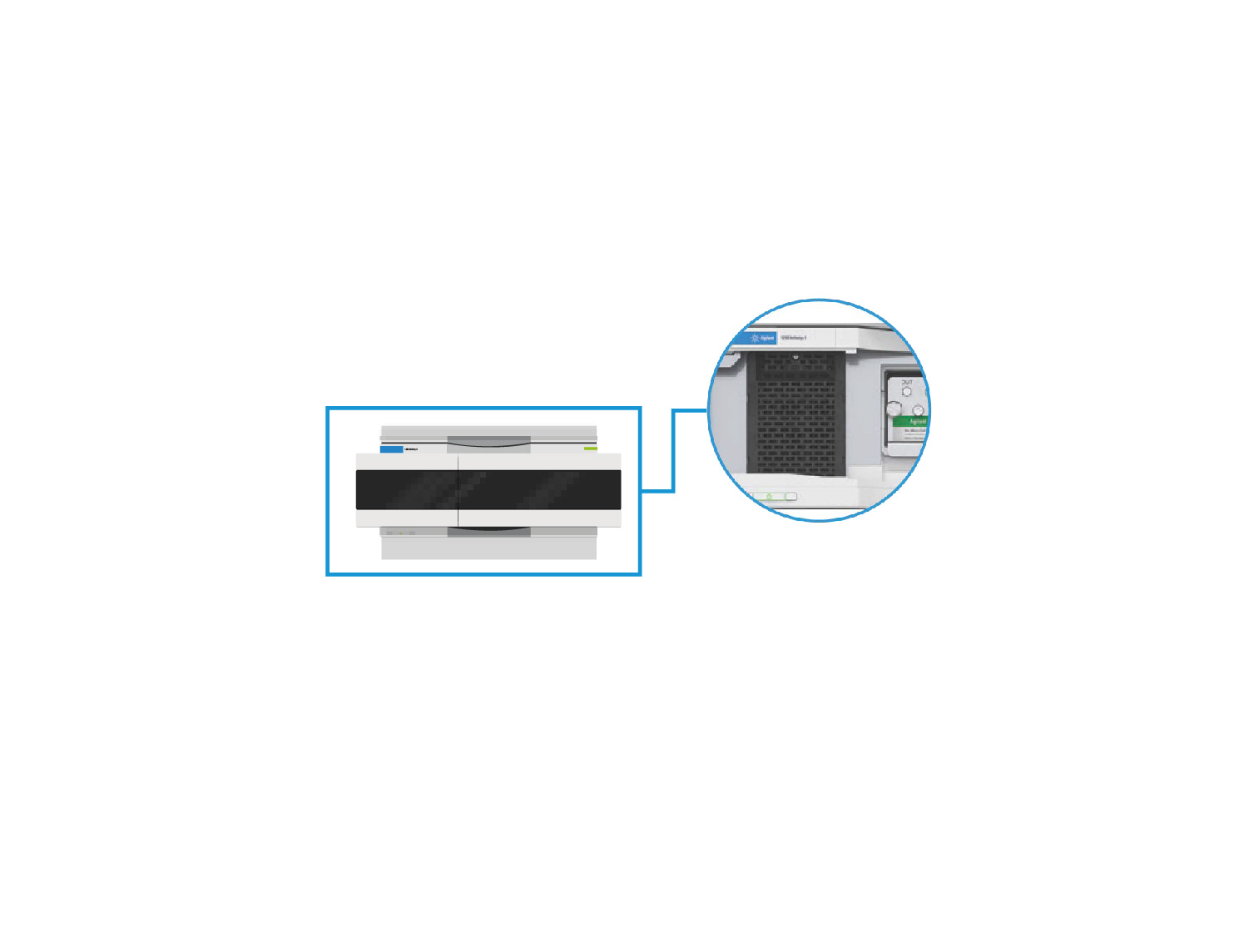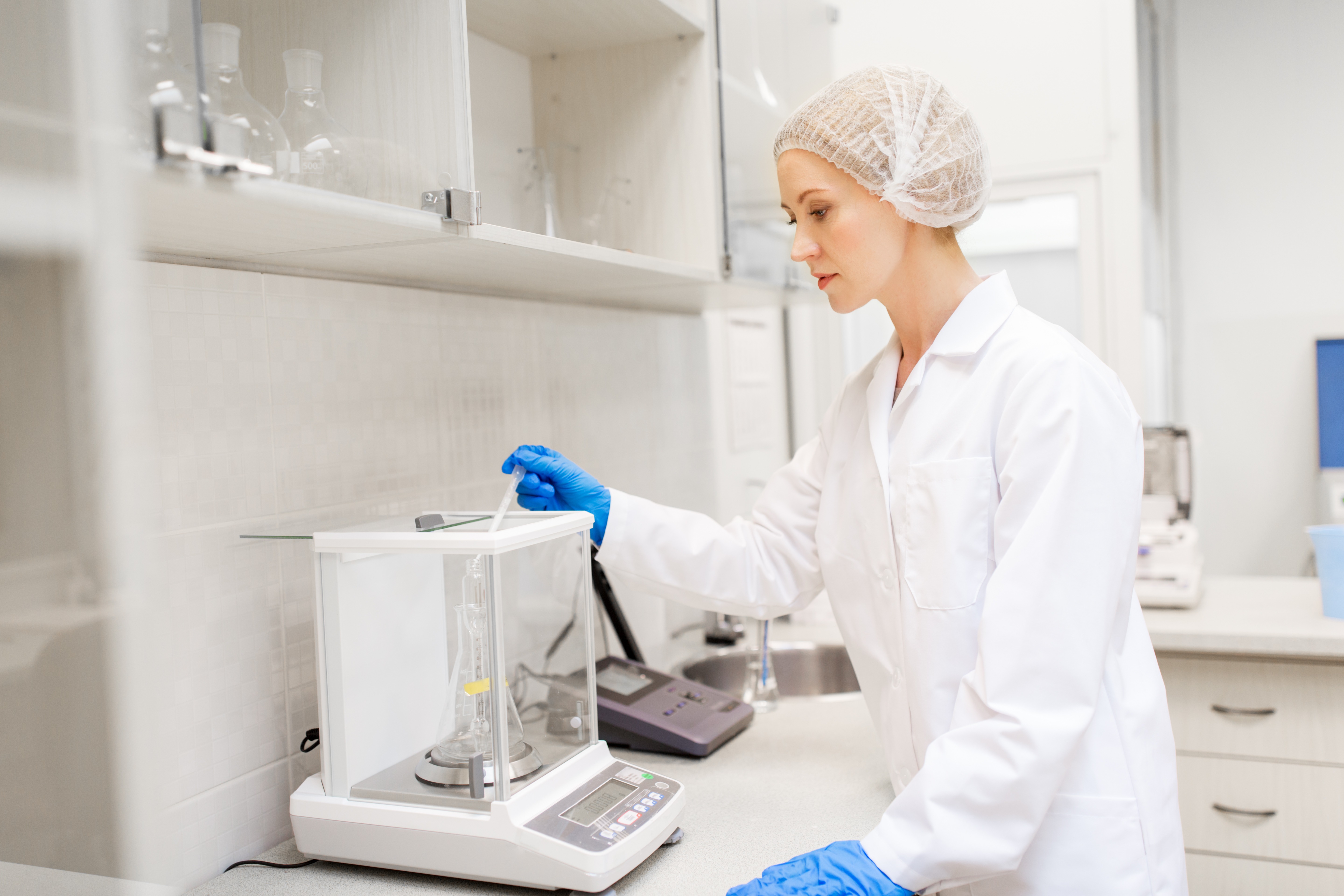This article addresses the most common HPLC detector failures and how to identify their source. It distinguishes between electronic problems, which should be resolved with the manufacturer, and mechanical or optical failures, which typically focus on the flow cell. Warning signs such as bubbles, contamination, or high pressure are also detailed, and critical maintenance aspects are mentioned, such as lamp status or parameter settings such as gain and response time. The text provides practical advice for diagnosing and preventing errors that directly affect the quality of chromatographic analysis.
Blog
Here you will find up-to-date and relevant information about the advances in the medical field and the latest innovations in medical equipment.

Weighing in the laboratory is a simple task, but it has a significant impact on the accuracy of your results. In this guide, we explain the key technical aspects of choosing the ideal balance—readability, capacity, calibration, connectivity—and how the laboratory environment can influence its performance.

In this guide, we explain what a laboratory balance is, the most common types, how to choose the most suitable one for your work environment, and how to maintain it in perfect condition to extend its useful life.










